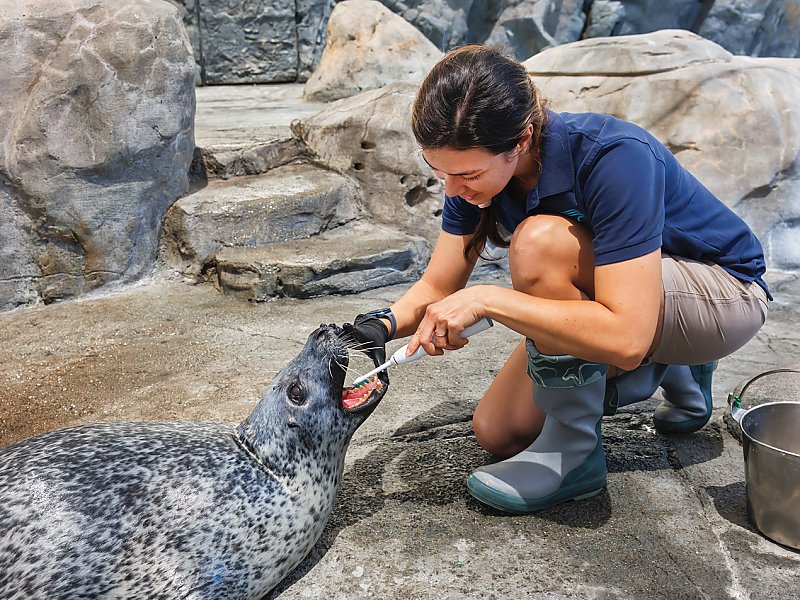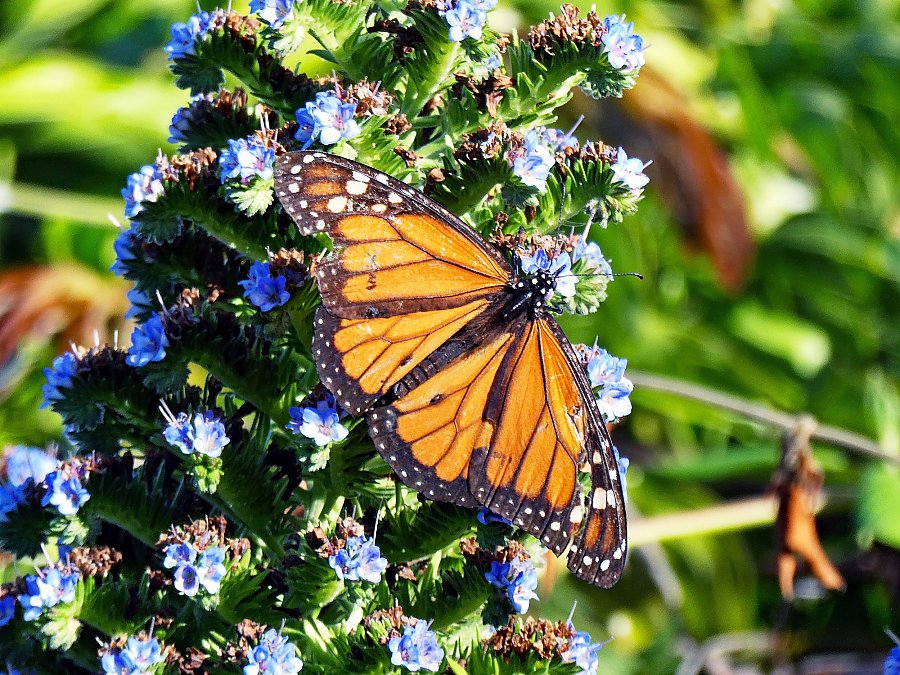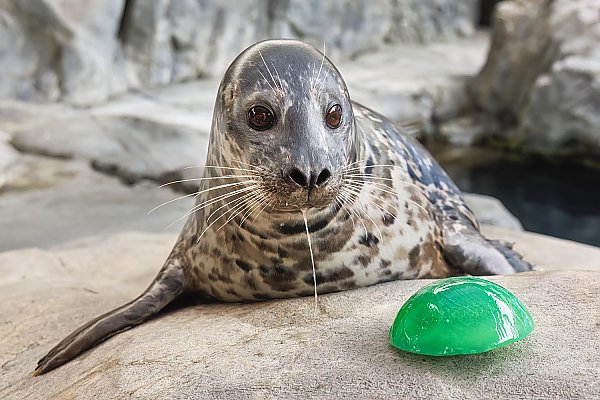
We are Setting the Standard in Animal Well-Being and Welfare
The Aquarium of the Pacific and its staff are deeply committed to leading the way in setting new standards in compassionate animal care.
Community science volunteers help the endangered North American population of monarch butterflies in the field and at the Aquarium as part of the SAFE Monarch Network.

Credit: Cassandra Davis
Monarch butterflies are an important migratory insect with an incredible story. They travel thousands of miles in their annual migrations, which can take four generations of butterflies to complete. During the winter, monarch butterflies congregate in trees in Mexico and along the coast of California to overwinter in great numbers. Their caterpillars rely exclusively on milkweed as they grow, and milkweed is the only plant where monarch butterflies lay their eggs. In addition to native milkweed, Monarchs also need pesticide free nectar plants along their migration routes.
The Aquarium started helping wild monarch butterflies in 2014, when horticulture volunteers noticed an influx of these butterflies after planting pollinator gardens that provided much-needed food and shelter. Since that initial planting, monarch butterfly populations in North America have fallen, with a precipitous drop in 2020. In December of 2020, the Monarch Monitoring Project was launched at the Aquarium of the Pacific. Volunteers support monarch butterfly populations throughout Southern California by planting and tending to pesticide-free native milkweed and pollinator gardens, both at the Aquarium and within their communities. Once established, volunteers will then monitor the milkweed plants for health, eggs, larvae, and adult butterfly. Then, during migration season, monitoring volunteers help to count the number of monarch butterflies that stop at the Aquarium and their local Southern California communities using the Community Science Program, Western Monarch Milkweed Mapper.

The Aquarium of the Pacific and its staff are deeply committed to leading the way in setting new standards in compassionate animal care.

Aquarium coupons at Baker’s through December